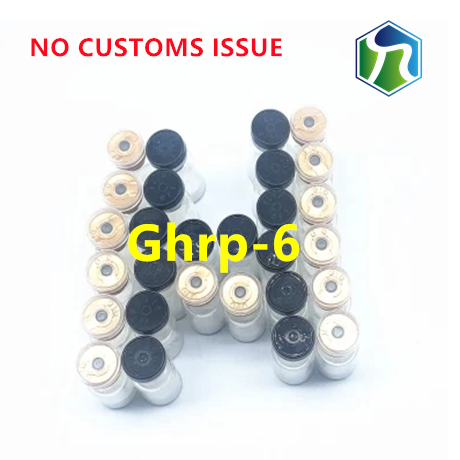
- +86-13363869198
- weimiaohb@126.com

12 月 . 31, 2024 08:14 Back to list
curcumin molecular structure
The Molecular Structure of Curcumin Unveiling Its Potential
Curcumin, the principal bioactive compound found in turmeric (Curcuma longa), has been a focal point of scientific research due to its multifaceted biological properties. Its vibrant yellow color and significant health benefits have attracted attention from both the culinary world and the realm of medicinal chemistry. Understanding the molecular structure of curcumin not only provides insights into its functionality but also opens avenues for potential therapeutic applications.
Chemical Composition
Curcumin is a polyphenolic compound, predominantly categorized as a diarylheptanoid, which is derived from the rhizome of the turmeric plant. Its chemical formula is C21H20O6, indicating it consists of 21 carbon (C) atoms, 20 hydrogen (H) atoms, and 6 oxygen (O) atoms. The molecular structure of curcumin is characterized by two aromatic ring systems connected by a seven-carbon (heptane) link that bears a substituent containing a keto and enol group. This unique structural arrangement enables curcumin to exhibit a wide range of biological activities.
Structural Features
The distinct molecular structure of curcumin features two main functional groups the phenolic hydroxyl groups (-OH) and the α, β-unsaturated carbonyl moiety. The presence of these functional groups plays a critical role in curcumin’s reactivity and solubility. The hydroxyl groups contribute to curcumin's antioxidant properties, facilitating its ability to scavenge free radicals — highly reactive molecules that can cause cellular damage and contribute to various diseases.
In terms of geometry, curcumin adopts a conjugated pi system due to the alternating double bonds between the carbon atoms. This conjugation is crucial for its ability to interact with various biological targets. The resulting resonance stabilization from this conjugated structure enhances its efficacy as an antioxidant, anti-inflammatory, and potential anticancer agent.
curcumin molecular structure

Biological Activities
The molecular structure of curcumin thus underpins its wide range of biological activities. Research has shown that it possesses anti-inflammatory properties by inhibiting the expression of nuclear factor kappa B (NF-κB), a protein complex that plays a crucial role in regulating the immune response. This property highlights curcumin’s potential in managing chronic inflammatory diseases and various autoimmune disorders.
Additionally, curcumin's ability to cross cell membranes allows it to exert its effects at the cellular level. Its structure facilitates binding to various proteins and enzymes, including kinases and transcription factors, modulating their activity and influencing cellular signaling pathways. This is particularly important in cancer research, where curcumin’s ability to induce apoptosis (programmed cell death) in tumor cells has been a key area of focus.
Challenges in Bioavailability
Despite its promising therapeutic potential, curcumin suffers from low bioavailability due to its rapid metabolism and poor absorption in the gastrointestinal tract. Researchers are actively seeking strategies to enhance the bioavailability of curcumin, such as formulating it with nanoparticles, liposomes, or in combination with piperine (an alkaloid found in black pepper) to improve its absorption.
Conclusion
The molecular structure of curcumin is intricate, featuring a unique arrangement that bestows it with a range of biological benefits. Understanding this structure is crucial for harnessing its potential in health and disease management. Ongoing research will undoubtedly unveil more about its mechanisms of action, paving the way for innovative therapeutic strategies. As we continue to explore the depths of curcumin's capabilities, it becomes increasingly evident that this compound is more than just a spice; it is a beacon of hope for future medical advancements and wellness applications.
-
China CAS: 79099-07-3 Factories | High-Purity Bulk Supply
NewsAug.27,2025
-
High-Purity Pharma Intermediates & API | Reliable Supply
NewsAug.26,2025
-
High-Quality Pharma Intermediates | Trusted Manufacturer
NewsAug.25,2025
-
Premium Pharma Intermediates & API | Trusted Global Supplier
NewsAug.24,2025
-
High-Purity cas 1451-83-8 Factory | LGD-3303 & GHRP-6 Supplier
NewsAug.23,2025
-
Wholesale CAS: 79099-07-3 Factories - China Pharma Grade
NewsAug.22,2025